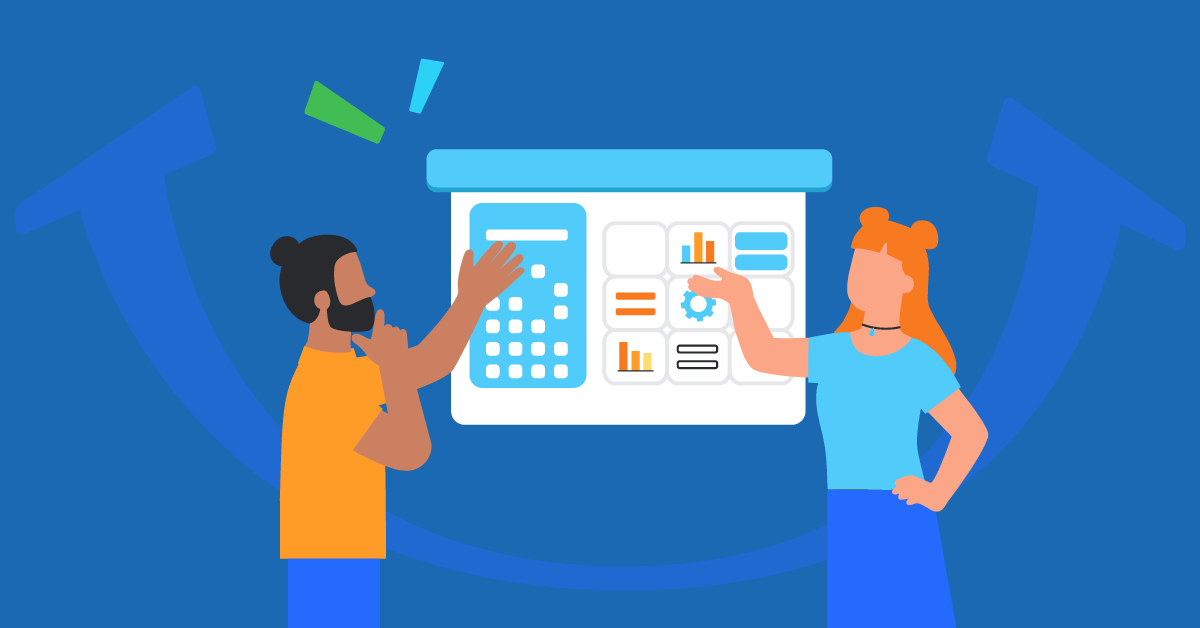First impressions of your company create the foundation for employees’ work experience and engagement. You should be helping shape those impressions from the first interview to the first day on the job.
You probably already think about how to engage your employees from day one. You work to boost your employer brand by delivering a stellar candidate experience when you interview potential employees. And once they’re hired, you focus on offering great onboarding so they feel at home and have the information they need to get started. But often, employers overlook a crucial step in the middle: employee preboarding.
This phase comes between the job offer and formal onboarding and is a great opportunity for you to build enthusiasm and help employees start out strong.
So, what exactly is preboarding, and how is it different from onboarding? In this article, we’ll discuss why employee preboarding matters and share tips for how to set your new hires up for success with a well-planned process.
What is preboarding?
Let’s take a look at a typical hiring process. Picture a software development company that has just found the perfect candidate for an engineering position. They conducted interviews, checked all their references, and sent an offer. The candidate signs on and is scheduled to start in three weeks.
The onboarding process typically begins on their first day at work. But what about those three weeks in the meantime? That time in between signing and showing up is where preboarding fits into the process.
Many companies have a grace period between the hire date and the start date, and a lot can happen in those interim weeks. Rather than leaving a new hire to stew and wonder what comes next, companies can use preboarding to introduce the employee to the company and take care of necessary paperwork.
Preboarding vs. onboarding
The difference between preboarding and onboarding may seem small. After all, they’re both about helping your new hires go from being successful candidates to successful employees. But the two processes play different roles and the terms shouldn’t be used interchangeably.
Onboarding starts when an employee shows up for the first day of work and focuses on helping them succeed in their new role.
It can take months for a new employee to reach full productivity when they first start a job. The role of onboarding is to get them familiar with the company and its culture, as well as with their specific job and responsibilities so they can start being productive the soonest possible.
This can get more challenging if onboarding is remote, so making sure to grab your new hires’ attention from the beginning is essential.
Preboarding, on the other hand, fills the gap between hiring and showing up to work. It’s all about helping employees feel engaged, welcome, and excited about their new role. It’s also a great chance to get some essential admin out of the way so they can hit the ground running when they finally do start work.
Why employee preboarding matters
Bridging the gap between the hire date and start date helps keep candidates energized about their job, and that’s good news for their overall experience and for your company’s bottom line.
Employee turnover is expensive. Data shows that employees who have a great experience when joining a company are 69% more likely to stay with that company over the next three years.
If people are left with no contact after they’re hired but before they’re actually on the payroll, their energy can wane. In fact, 65% of employers say they’ve had employees accept an offer and then never show up to work.
Preboarding is a chance for you to help your new hires feel welcome and start engaging immediately with their new workplace. This can be especially important with remote or hybrid workers, who may feel isolated in their jobs even after they start.
Integrate your LMS with your HR system
Simplify onboarding with TalentLMS.
The training platform that users consistently rank #1.
How to build a successful preboarding process
A good preboarding process helps people ease into the job. Just as you wouldn’t leave them without direction during onboarding in their first few days in the office, you shouldn’t leave them wondering what happens next after they’ve committed to joining your team.
Employee preboarding should focus on building engagement first. It should be a personal welcome to the new employee and help them start integrating into your company before day one. Below are three stages your preboarding process should include as well as some best practices for each stage.
1. Formal welcome
Your new hire knows they got the job. Make sure they know you’re excited about it, too. Here’s how.
- Send a personal message. Have the employee’s new manager reach out with a personalized welcome message either through email or video conference. Let the employee know people are aware they’ll be joining the workforce and are enthusiastic about having them on the team.
- Send out a care package. Show your excitement by sending out some branded swag. A package with treats, a T-shirt, and a water bottle sporting the company logo can be a fun reminder of the friendly culture they’re joining. These thoughtful touches will help them feel like they’re already part of the team.
2. Continued communication
Radio silence after a job acceptance can leave new employees feeling nervous. Build the relationship from the start with regular communication, during employee preboarding.
Answer important questions. Employees don’t always ask all the questions they have during the interview process. It might not be comfortable for them to bring up questions about vacation time and specific benefits when they’re focusing on understanding the role and making a good impression.
The grace period before their first day is a perfect time to engage them in conversations about any of these types of questions they may have. You can start by sending them an employee handbook that outlines benefits, holidays, and PTO policies. Then, make sure they have a way to reach HR about any other concerns they may have.
Keep them in the loop. Let them know about any organizational changes or announcements that happen during the interim. Help them feel like part of the team by keeping them apprised of the most important happenings and day-to-day events.
3. Preparations for day one
Show employees you’re invested in their success by giving them what they need to get started before their first day.
Get the admin stuff out of the way. Send out paperwork for things like tax forms, NDAs, and health insurance in advance. Most (if not all) of these can be completed online with the right software solution.
Completing paperwork early will help new hires engage with the job right away. It will also clear the way for them to jump right in with more job-specific activities during onboarding.
Set up devices and accounts. You want people to have everything they need to get started on the first day, so prepare all the technology and accounts they’ll need.
Create any logins they may need to access company accounts. Have IT install any required software on their laptops, tablets, or phones. If employees will be working remotely, ship the necessary equipment in advance so it arrives before their first day.

Organize and automate for smooth employee preboarding
Preboarding can be a great addition to the employee experience, and you can make it seamless by planning out your process in advance. Organize your tasks and then create an employee preboarding checklist to make sure nothing falls through the cracks.
Keep the process virtual and automate as much as possible. Even if your new hire will be working in person, you can simplify their experience by having them receive, sign, and send communication through an online HR system.
First impressions set expectations around the coming employee experience. When you create an efficient and welcoming employee preboarding program, you’ll set the stage for high employee engagement.
| Tags: L&D and employee retention,new-entry employees,Online Employee Onboarding



